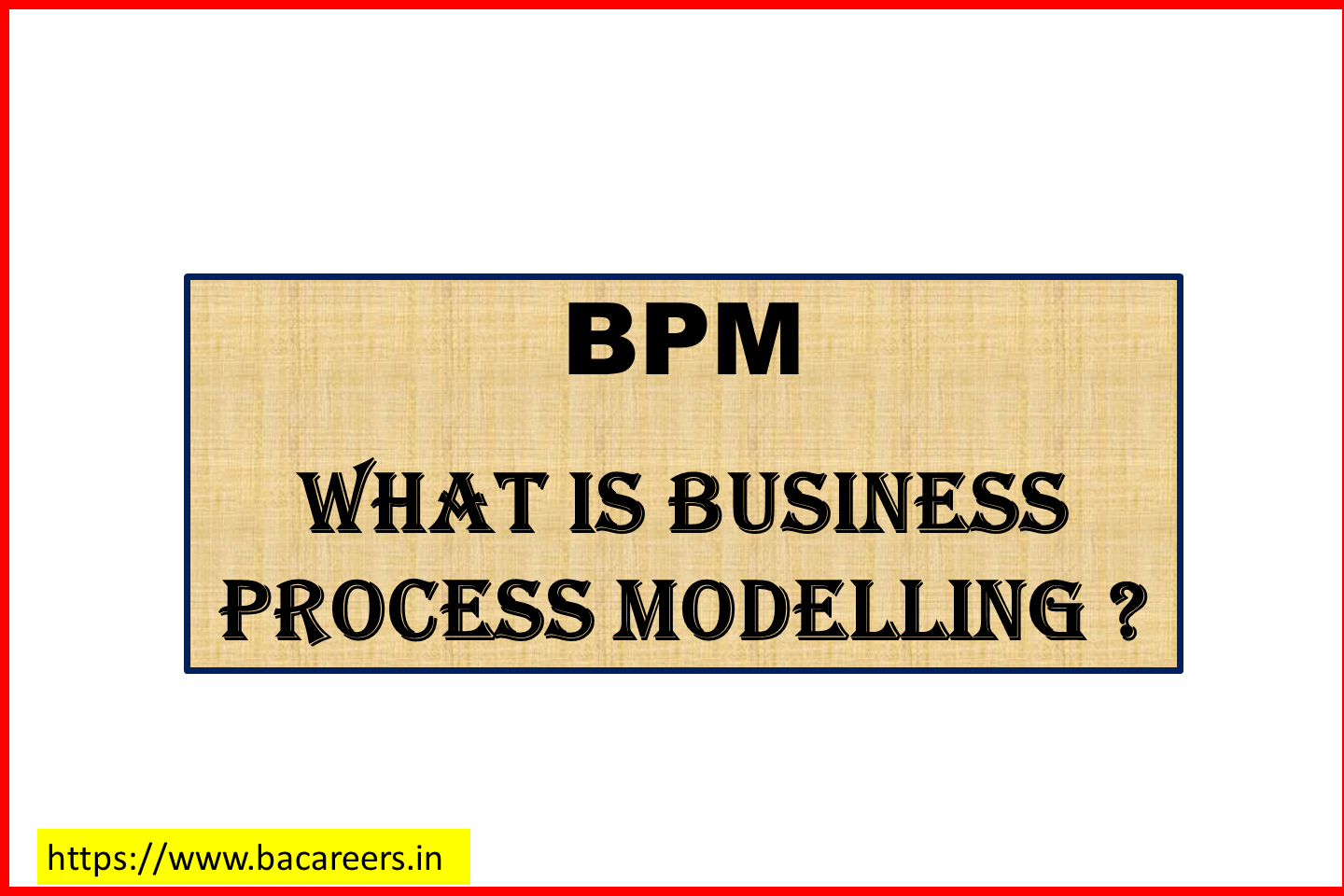What is business process Modelling?

Business Process Modelling (BPM) is a method of representing the flow of work activities within an organization. BPM is a way to model how people interact with each other and how they accomplish tasks. Business processes are the set of actions that occur throughout a company’s lifecycle. A business process is a series of steps performed by employees who have specific roles in order to achieve a goal. These goals may be related to customer service, product sales, internal operations, etc.
The purpose of business process modeling is to improve efficiency and effectiveness of the business. In addition, it helps companies understand their customers’ needs and provide them with solutions. It also provides a framework for designing and implementing systems that automate business processes.
A business process model describes the sequence of events that take place between two parties involved in a transaction. It shows the inputs, outputs, and decisions that need to be taken at each step. The inputs and outputs represent the information that flows through the system while the decision points represent the choices that need to be made.
In general, business process models are represented using graphical notation. There are several types of diagrams that can be used to represent business processes. Each diagram type represents a different aspect of the business process.
There are three basic types of business process models:
This may provide overview on What is Business Process Modelling.
Activity-based Model
An activity-based model is a representation of the workflow of a business process. An example of an activity-based model would be a grocery store checkout line where the clerk checks out items and then pays for them. The clerk performs various activities including checking out items, paying for items, and returning items.
Event-based Model
An event-based model is a graphical representation of the flow of data through a business process. An event-based model is similar to an activity-based model except that it does not show the physical activities that are being performed. Instead, it shows the logical flow of data through the business process.
For example, if we were looking at a credit card processing business process, we could create an event-based model that showed the flow of data through the process. We might start with the initial receipt of a credit card payment. Then, we could follow the flow of data through our system until we reached the point where the transaction was complete. At that point, we could stop showing the flow of data and instead display the final outcome of the transaction.
Flowchart Model
A flowchart model is a visual representation of a business process. It is often used to describe a process that is difficult to explain verbally. For example, a flowchart model can help someone understand how a computer works.
Flowcharts are commonly used to illustrate the logic behind a business process. They are useful for explaining complex concepts to nontechnical audiences. However, flowcharts do not always accurately depict the actual flow of data through a process.

Business Analyst , Functional Consultant, Provide Training on Business Analysis and SDLC Methodologies.

At the beginning, I was still puzzled. Since I read your article, I have been very impressed. It has provided a lot of innovative ideas for my thesis related to gate.io. Thank u. But I still have some doubts, can you help me? Thanks.
Thank you very much for sharing, I learned a lot from your article. Very cool. Thanks. nimabi
Thank you for your sharing. I am worried that I lack creative ideas. It is your article that makes me full of hope. Thank you. But, I have a question, can you help me? https://www.binance.com/id/join?ref=T7KCZASX
Thanks for sharing. I read many of your blog posts, cool, your blog is very good. https://accounts.binance.com/cs/register-person?ref=WTOZ531Y
Your article helped me a lot, is there any more related content? Thanks! https://accounts.binance.com/uk-UA/register-person?ref=GJY4VW8W